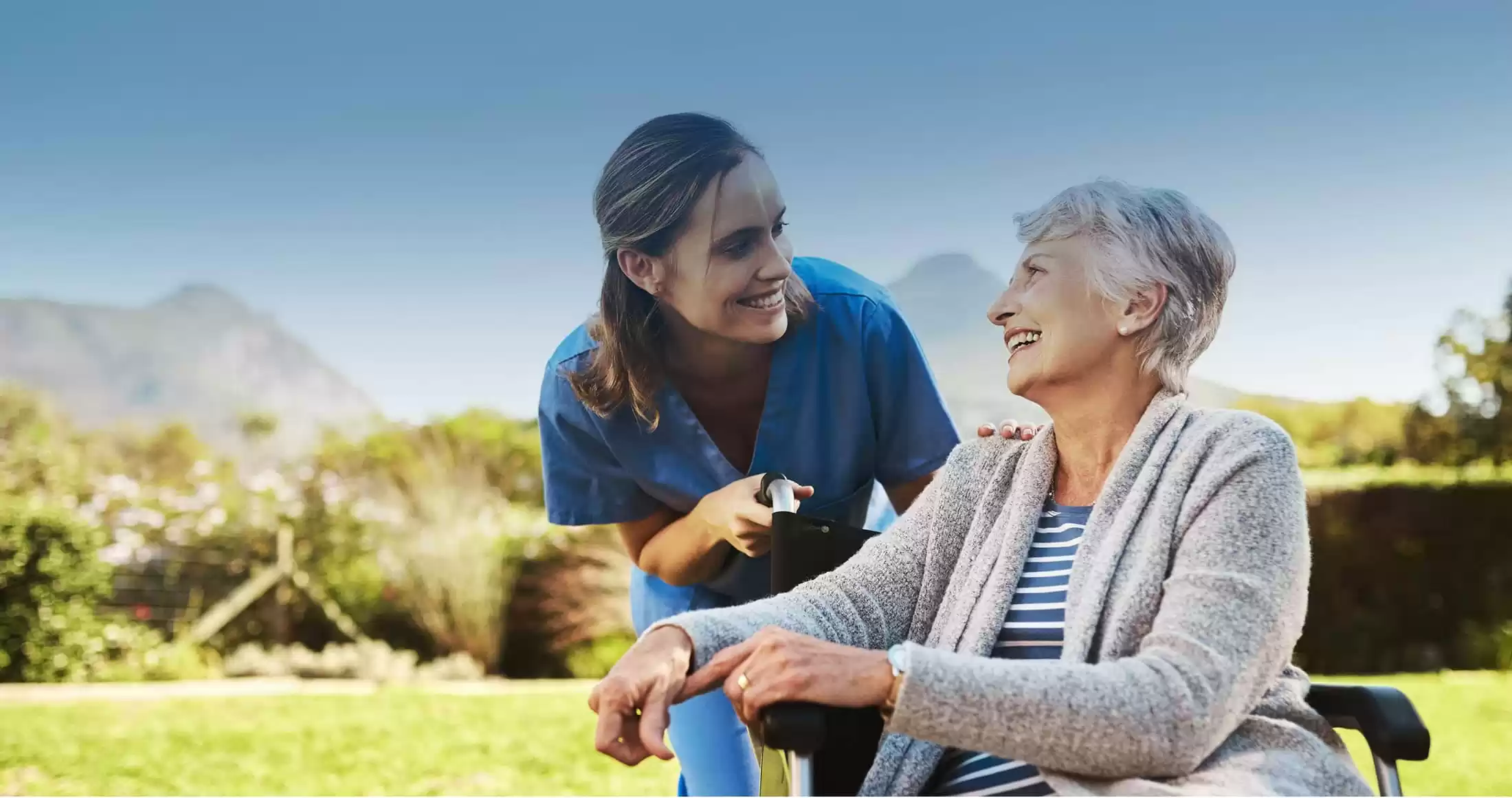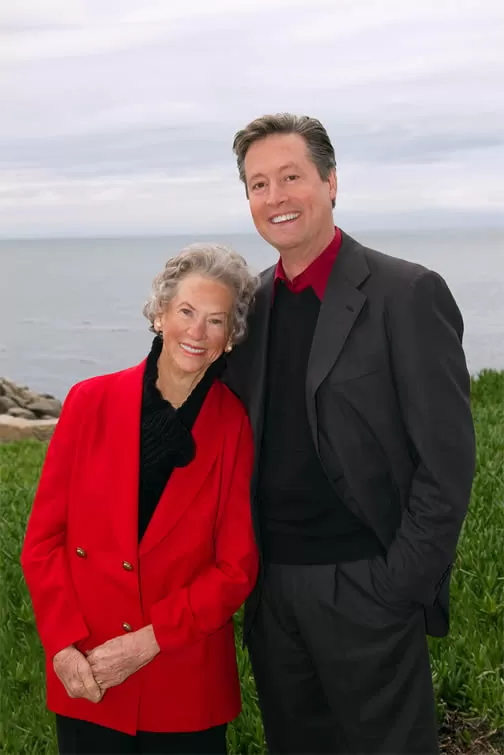When I first started working with seniors, I was 18 years old and I worked at a skilled Nursing Facility in Tigard Oregon. I worked with normally 15 to 16 patients each day, getting them showered, dressed and ready for breakfast. After breakfast I would take some of the residents to break rooms where they could spend their time reading, playing games and talking to friends. There was also a courtyard where on nice days they could go out and enjoy the beautiful weather. There was one lady that I grew extremely close to. She was a Native American who was a centenarian at 102 years old! And she had a lot of beautiful stories that she told me that I remember to this day. I would often sit in her rocking chair and have my lunch with her while she was eating. When I first started taking care of her, her children (one son and two daughters) would not let me get her out of bed. In the beginning, I did as they requested (after all they were all over 6 feet tall and built very strongly). However, after about a month went by, she started asking me to transfer her to the rocking chair because she would tire of being in bed all the time. So I relented and transferred her to her rocking chair. Of course, about 30 minutes later, her children came in and blew a gasket, yelled at me saying “we told you not to move her out of her bed, didn’t you listen to us”? I slowly turned around and looked at the Mom. I saw that she was furious that they yelled at me, so she started yelling herself! “I told Richard to put me in this chair because I’m tired of sitting in that bed all day long and if you don’t like it, you can get out and don’t come back,” she said. Well, needless to say, the children backed down and apologized to me. I told them that I understood their concern and that I would make sure that nothing happened to her while she was out of bed, so they agreed. Now that the children were ok with me taking her out of bed, I asked her if she would like to get into a wheelchair and I could take her out of the room. We could go to the courtyard and around the building to break up the monotony of staying in the room. She enjoyed being able to get out and experience and see other surroundings besides her two roommates and four walls. She was next to a window that looked out to the courtyard, so that is why she wanted to go out there. About six months into taking care of her and taking her out and around the facility, I asked her if she would like to get on the facilities tour bus that drove around the area for a few hours once a week. They had one trip that I thought she would really like, it was a tour through the Rose Gardens by the Portland Zoo. It’s an incredibly beautiful area in the springtime. So, I asked her children if it would be ok and they said yes, absolutely. So, on the next ride that went to the Rose Gardens, we got her on the bus and she was able to experience this beautiful moment. Unfortunately, I was not allowed to go. But I was there when she arrived back at the facility and the look on her face was all I needed to see. She told me about all of the roses they saw and the colors she had seen, and she started crying because she did not think that she would ever be able to have such an experience at 102. Unfortunately, she passed away about a month later. This was a very sad day for me, but a day I have never forgotten, and never will. After her passing the children came to me at the home to clear out her belongings and asked if I would help, so I did. The last piece of furniture to go was the rocking chair that I used to sit in and listen to her stories. The son turned to me and said that their mom had made the decision that she wanted me to have that rocking chair, so I accepted it. Over forty years later, I still have that rocking chair, it’s been reupholstered a few times, but I will never give it away. That is when I knew that I wanted to be a person that worked with and for seniors, but it was three decades before I would fulfill my dream of starting my own in-home caregiving company.










